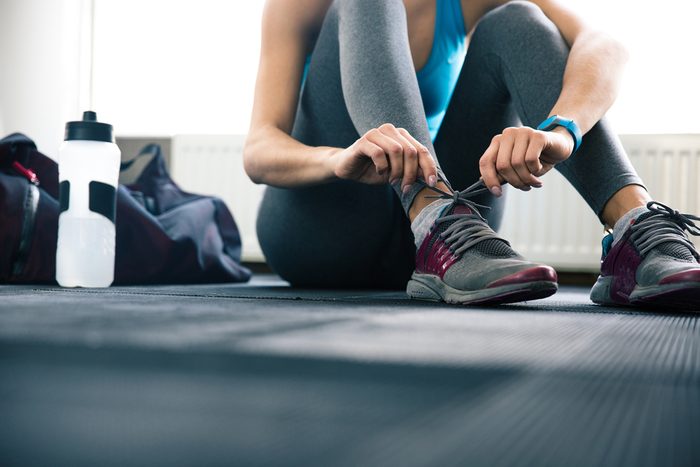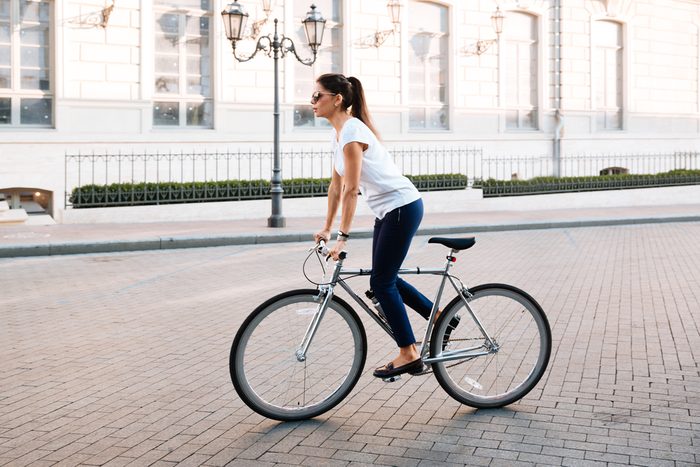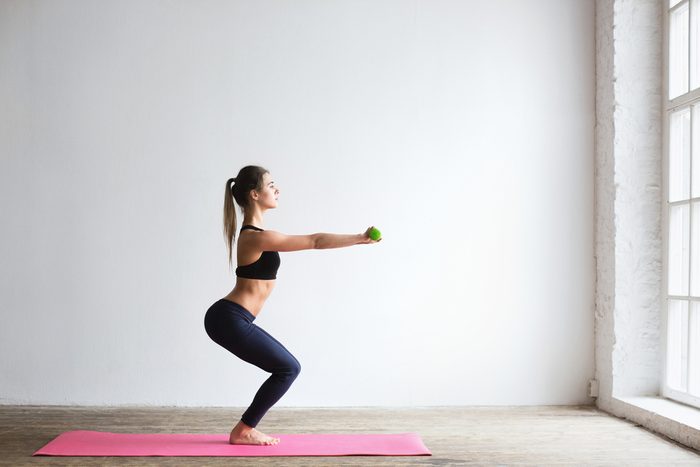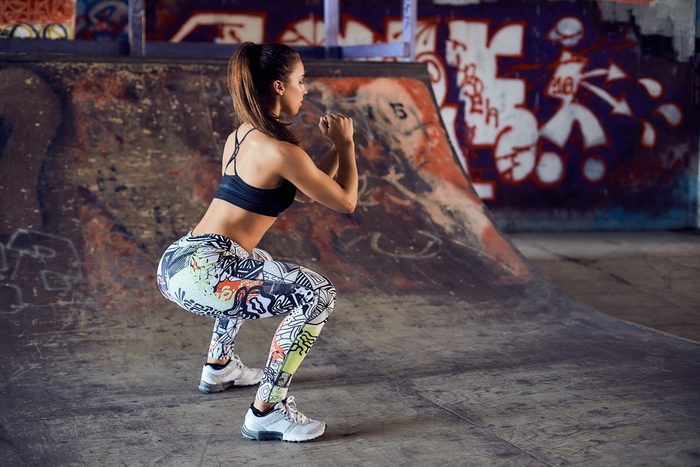
1. How to maximize your workout: create a game plan
“Most people who go to the gym flounder around, thinking about what to do next,” says Brad Schoenfeld, author of 28 Day Body Shapeover. “This is inefficient and reduces the quality of a workout.”
He suggests writing down your exercises and times before going to the gym (and taking your schedule with you!)
This will eliminate decision-making at the gym and streamline your workout.

2. Do your warm-up on the way to the gym
To avoid a possible wait for cardio equipment at the gym, consider walking, jogging or cycling there.
“A warm-up consists of five to 10 minutes of low to moderate activity that uses large muscle groups,” says Edmonton-based exercise physiologist Lisa Workman.
“If the gym is too far away, even parking your car at the far end of the lot can make a difference. Or get off the bus a couple stops early and jog the rest of the way.”
You’ll arrive already warmed up, which will save time.

3. Consult your “library”
Even if you have your workout mapped out, Workman suggests a back-up plan.
“A ‘library’ of exercises will give you something to do if the equipment you need is occupied,” she says.
How to build your library? Research online, memorize moves from a group fitness class, or scrutinize fitness books or magazines. (Start with our guides to squats and push-ups and our collection of arm exercises.)

4. Monitor your rest periods
“Most people rest far too long between sets, heading to the water cooler and chatting with friends,” says personal trainer Narina Prokosch, owner of Victoria Wellness Professionals in B.C. She suggests using a stop watch or the gym’s clock.
“Limit your rest periods to 30 to 45 seconds,” she says, “and be ready to start back onto your next exercise as soon as the watch dictates.”
Prokosch also advises incorporating “active rest” exercises, which don’t require great amounts of energy, but still keep you moving. Core exercises are great “active rest” moves.

5. Use multi-joint moves
Multi-joint moves, as you might expect, involve more than one joint, says Schoenfeld; good examples are squats, lunges, rows and presses.
“Since these moves involve a large number of muscles, they’re more efficient than single joint moves, such as leg extensions, leg curls, or flys,” he says. “You don’t have to do as many repetitions to develop the same number of muscles.”
He suggests compound moves for even greater efficiency (exercises that combine two movements into one). Workman agrees; she likes to combine wall ball squats with biceps curls or stationary lunges with a shoulder press.
“This both saves times and maximizes energy expenditure, which translates to more calorie burn,” she says.

6. Leap into intervals
Workman—who lives up to her name—encourages interval work if you’ve been doing cardio three times a week for at least six weeks.
“Intervals increase cardiovascular stress and physical fitness, and shorten the time you’re on the machines,” she says.
She suggests aerobic intervals of three minutes at slightly higher intensities (increased speeds, grades, resistances, etc.), followed by a minute and a half at your regular level. Repeat four to five times.

7. Don’t skimp on nutrition
“If you want to maximize your workout, you must maximize your nutrition,” says Jon-Erik Kawamoto, a strength coach in Burnaby, B.C. He recommends a protein/carbohydrate source 60 to 90 minutes before your workout, and another protein/carbohydrate source within 30 minutes afterward to maximize your recovery.
“A pre-workout favourite of mine is a scoop of protein powder in milk with a piece of toast. A post-workout favorite is a scoop of protein powder and orange juice,” he says. “You have to replenish your energy stores and rebuild the muscle you just broke down.”
Experiment and find the foods that make you work out stronger and feel better after.
